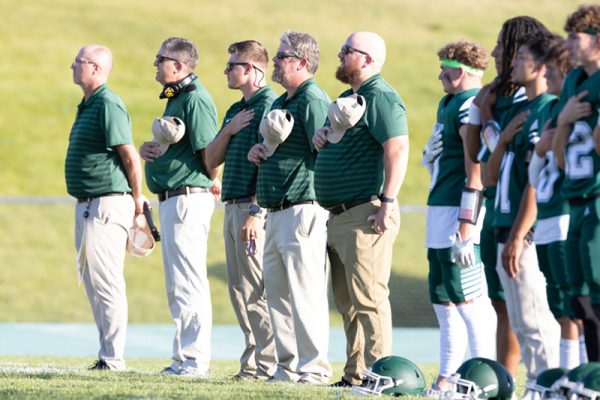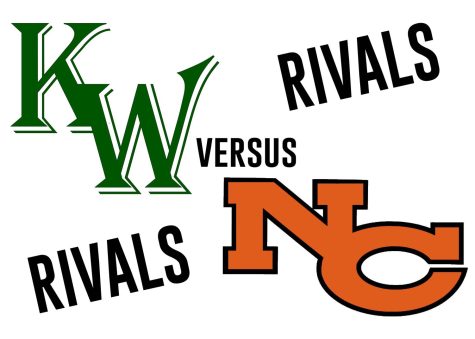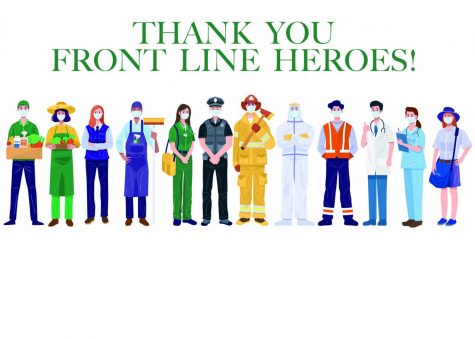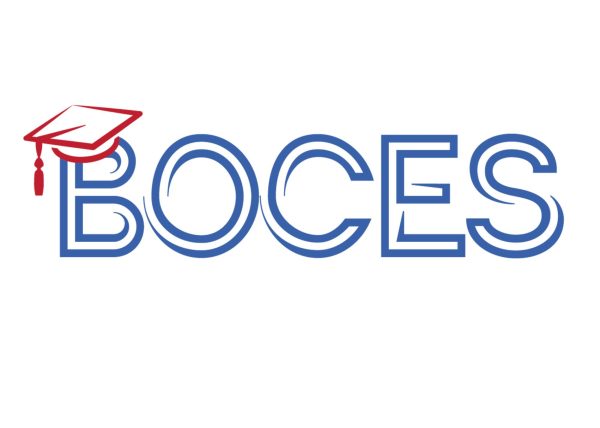An eye for leadership
Senior year has finally arrived and with it, days spent pouring over different colleges, sifting through a litany of course catalogs, and wading in lengthy scholarship requirements. Finally, you come across that one school that offers it all, and you begin the application process. Nearly finished with the first step to your dream college, you scroll down to the last essay question: “What leadership roles have you participated in?”
You take pause and try to think back.
“What qualifies as leadership?”
“I don’t remember doing anything that explicitly has to do with leadership.”
You leave the space blank or come up with a quick list of activities you have been in and pressthe “turn in” button, frazzled.
Many students glide through high school without ever considering the development of leadership skills as a necessity. As a result, that question comes as a bit of a surprise. After all, “Only certain people are cut out to be leaders.” Colleges use the slogan, “creating the next generation of leaders” and thus, in the application process, are curious to see if the prospective student will fulfill the order they promise. This requirement means kids must be conscious of developing their leadership skills throughout their high school career, not only to be able to answer that essay question with ease, but to be able to thrive in college, and in life.
The University of California in Santa Barbara preformed a study that concluded, “People involved in leadership roles in high school are more likely to hold managerial positions as adults,” which leads to higher incomes and elevated job satisfaction. The only problem lies in where, and how, to discover one’s own skills.
Leadership: everyone knows the word and knows what it is supposed to mean, but outlining what true leadership looks like can be more challenging. Some think of a particular occupation such as a politician, manager, boss, or CEO, while others are reminded of some of the great leaders throughout history. Whether the former or the latter is illuminated in the mind, neither seem attainable. High school will not afford the opportunity to be the next Abraham Lincoln. Or can it?
The National Honor Society describes high school leaders as “resourceful, good problem solvers, promoters of school activities, idea-contributors, dependable, and persons who exemplify positive attitudes about life.” Interestingly, these characteristics do not include “CEO” or “President.” Instead, they are character qualities which prove an individual effective in their everyday life; thus, allowing them to stand out amongst their peers. This means that leadership is not just reserved for the student body president or captain of the athletic team. In fact, if an individual does not possess these character qualities, their leadership extends no further than their title.
It is said, “To lead the orchestra, a man must turn his back on the crowd.” Essentially, real leaders lead from behind, influencing people without their efforts ever being seen. The fixture of what is “leader” is wiped clean. If a leader has no specific make and mold, if he has no face, the doors to leadership opportunity swing open: a revolving door of possibility.
According to StudyPoint, a student resource dedicated to high school success and college prep, involvement in: “Academic teams (math team, debate club), arts (theater, band, choir, gleeclub, dance) athletic teams, community service/volunteering, employment (afterschool jobs, internships), peer tutoring/advising, political organizations (model U.N., alliance of students of color, international relations club), publications (school newspaper, literary magazine, yearbook), and student government” are all fantastic leadership outlets for students. In reality, leadership is everywhere, and most kids are unknowingly involved in it in some way, shape, or form.
Gabi Reimann, a senior at Kelly Walsh, has participated in FFA since 7th grade. FFA is a leadership organization dedicated to producing the next generation of leaders. Reimann said of her time in the FFA, “It has allowed me to gain experience in many career areas through career development events such as sales and service, marketing plan, and veterinary science. Being on these teams has taught me that being a leader isn’t always about taking charge and telling everyone what to do. Leading by example has proven, to me, to be just as effective if not more,as a style of leadership.”
Similarly, Hank Hoversland, a junior at Kelly Walsh, has been involved in student council all three years of high school and has participated in Kelly Walsh publications for two years. This year, Hoversland served as editor of Kelly Walsh’s award-winning yearbook, Spirit of Troy. Hoversland said, “Leadership is important to learn and experience in high school because it will help you beyond those years. It will help you in college applications and even in job applications. Learning leadership early on is a good thing for anybody to do.” It is clear, there are many Kelly Walsh students that are already preparing for life beyond high school by integrating leadership activities into their everyday life, as an integral part of their learning experience.
Colleges may look for leadership in kids, but students should always be looking for the leader within themselves. Levi Foster, a senior at Kelly Walsh said, “The question about leadership stumped me at first, but after thinking back for a minute, I realized I had been more involved in leadership than I was aware of.”
Leadership can take on all sorts of different forms and students are probably more involved in the role of leader than they realize. From being polite and holding the door for someone, to taking initiative on a group project, to being active in a club, to being a stellar student, to being a CEO, there is no in-between in the leadership we all share.










